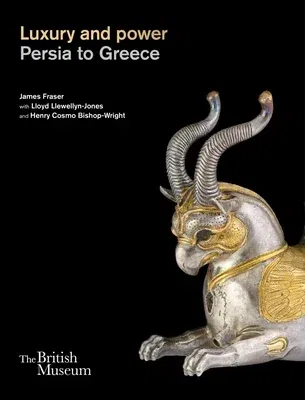Luxurious objects are celebrated for their exoticism, rarity and style,
but also disparaged as indulgent, extravagant and corrupt. The ancient
origins of these attitudes emerged at the boundary between the imperial
Persian and democratic Athenian Greek worlds. Luxury was at the center
of the royal Persian court and behaviors of ostentatious display rippled
through the imperial provinces, whose elite classes emulated luxury
objects in lesser materials. But luxury is contrastingly depicted
through Athenian eyes - within the philosophical context of early
democratic codes and the historical context of the Greco-Persian Wars,
which suddenly and spectacularly brought eastern luxuries into the
imagination of the Athenian populace for the first time. While Greek
writers rejected luxury as eastern, despotic and corrupt, the Athenian
elite adopted Persian luxuries in imaginative ways to signal status,
distinction and prestige. Under the Macedonian empire of Alexander the
Great and its subsequent kingdoms, royal Achaemenid luxury culture would
later be adopted and displayed by the Macedonian and local elite across
the Greek and Middle Eastern worlds: behaviors of ostentatious display
were a means to seek advantage in the new Hellenistic world order.
Ultimately, this publication demonstrates how competing political spins
woven around 2,500 years ago still continue to shape modern perceptions
of luxury today.

